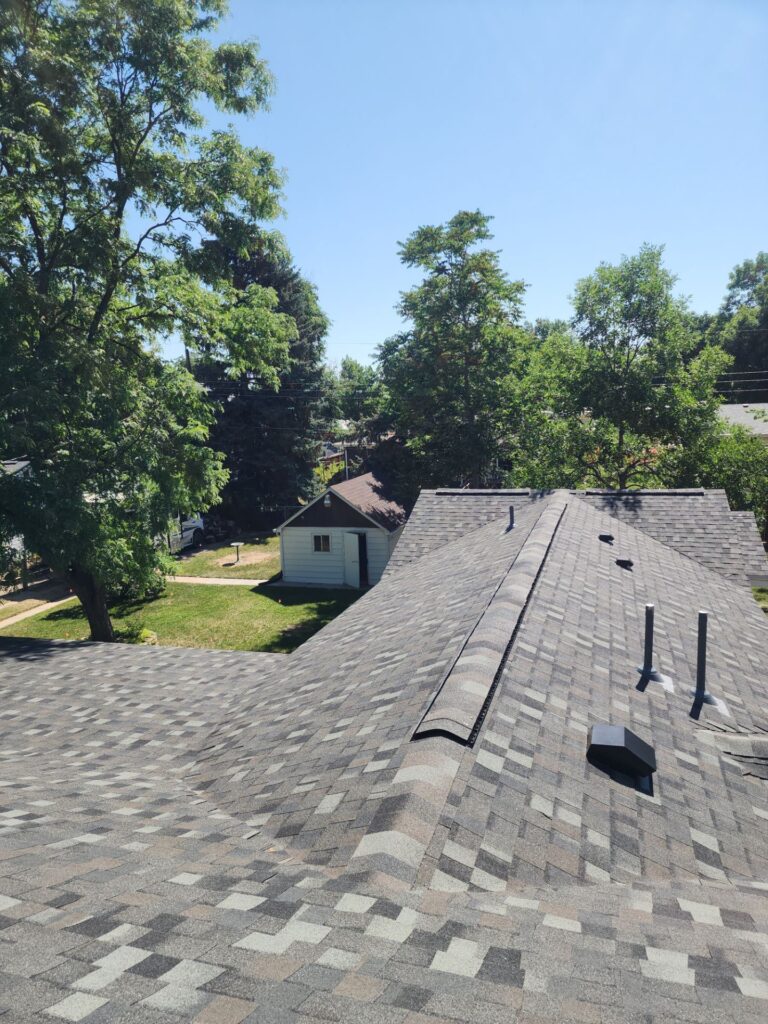
Your roof isn’t just a protective layer—it’s a vital system safeguarding your home’s structural integrity, energy efficiency, and long-term value. Over time, even the most durable roofing materials succumb to wear and environmental stress. Below are the five most telling signs that it may be time to consider a complete roof replacement to maintain your property’s protection and performance.
1. Compromised Shingles: Curling, Cracking, or Missing
Shingles serve as the first line of defense against rain, wind, and UV exposure. When they begin to crack, curl at the edges, or go missing entirely, it indicates deterioration that can quickly escalate. Cracked or deformed shingles not only expose the underlying roof layers to moisture but can also compromise the roof’s ability to regulate internal temperature. If your roofing in Denver shows extensive shingle damage across large areas, repairs may no longer be cost-effective. A full replacement will restore durability and functionality.
2. Flashing Failures and Sealant Breakdown
Flashing is typically installed around vents, chimneys, and roof edges to direct water away from critical joints. Over time, flashing can rust, loosen, or completely fall off, leaving vulnerable entry points for water. Improper sealing or outdated materials like cement flashing can hasten water penetration. If you notice visible gaps, corrosion, or water pooling near these joints, a professional inspection is essential. For many Denver roofers, extensive flashing issues often signal the need for a full roofing system replacement rather than patchwork fixes.
3. Interior Water Damage and Attic Leaks
Water stains on ceilings, sagging drywall, bubbling paint, or a persistent musty smell in your attic are clear indicators of roofing failure. These signs suggest that water is making its way past the roof’s surface and into your home’s interior. Small leaks can quickly develop into rot, mold, or even structural weakening. Inspecting your attic after storms or during seasonal transitions is crucial. If light seeps through the roof boards or damp insulation is present, consult a Denver roofing contractor immediately. Ignoring these symptoms often leads to extensive and expensive remediation.
4. Drastic Spikes in Energy Bills
If your utility bills have surged without a corresponding increase in usage, your aging roof could be the culprit. Poor insulation caused by gaps, thinning underlayment, or ventilation failures often allows conditioned air to escape. This forces your HVAC system to work harder year-round. Roofers in Denver frequently encounter this issue in older homes where the roof no longer provides sufficient thermal protection. A new roof with modern materials can significantly enhance energy efficiency, reducing monthly costs while increasing comfort.
5. Roof Age and Visible Sagging
Most asphalt roofs last 20 to 25 years, while materials like metal or tile can extend that range. However, if your roof is approaching or has exceeded its expected lifespan, proactive replacement is often more prudent than constant repairs. Visible sagging in the roofline is particularly concerning, as it could indicate waterlogged decking or structural weakening. These issues are not only dangerous but also typically unrepairable through minor fixes. Replacing the entire roofing system ensures safety and long-term protection.
Conclusion
Delaying a necessary roof replacement can lead to compounding issues—structural damage, mold, high energy bills, and diminished property value. Whether your home shows one or several of these warning signs, the smartest move is a comprehensive evaluation from a trusted professional. Tried and True Roofing, based in Denver, Colorado, offers expert service and transparent recommendations for homeowners who demand quality, reliability, and results.
If you’re searching for dependable roofing companies in Denver Colorado, now is the time to take action before minor symptoms turn into major problems. Reach out to a reputable Denver roofer to schedule an assessment and protect your most important investment—your home.

